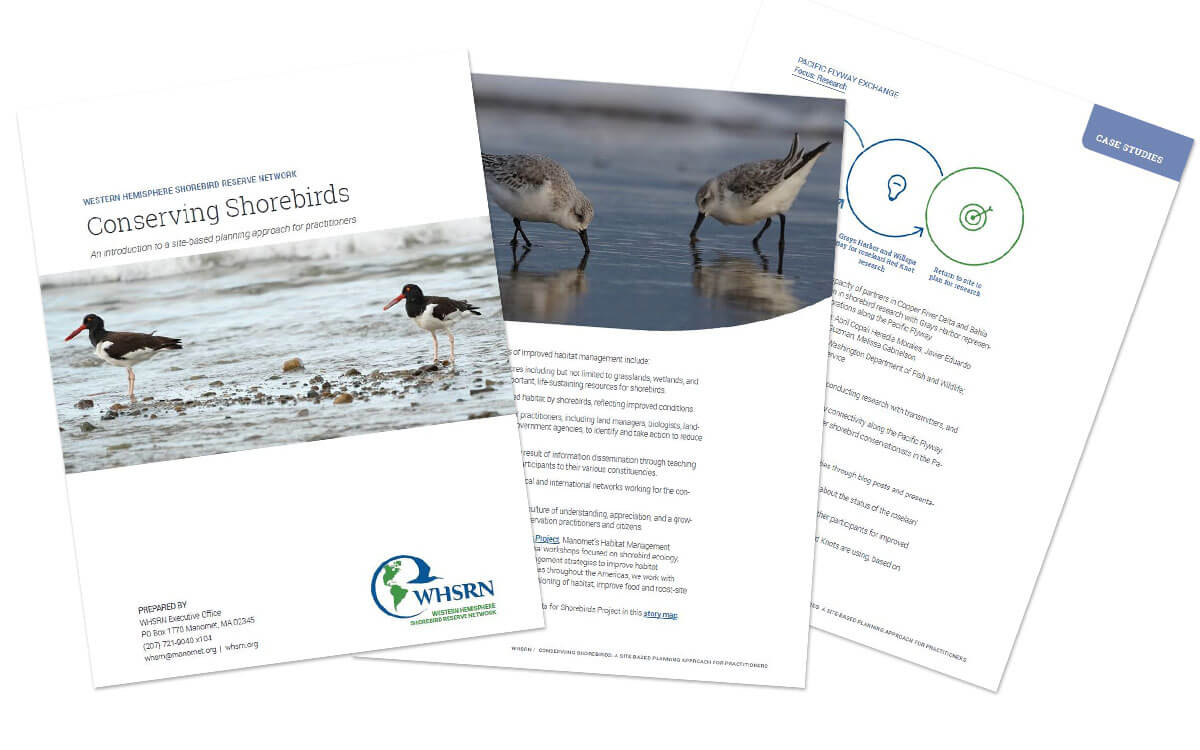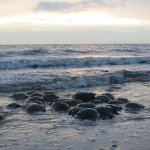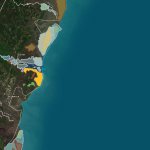For sites new to shorebird conservation, understanding the current status of shorebirds at your site and tackling an action plan may seem overwhelming. To help make this process easier, the WHSRN Executive Office has created a manual for site-based conservation planning. This manual provides guidance, support, and resources for any individual or organization with interest in conserving a site for shorebirds. The step-by-step guide includes collecting data on shorebirds, evaluating threats, agreeing on governance processes, managing habitat, engaging the community, valuing ecosystem services, and learning from other WHSRN sites. The guide also highlights the types of support available from the WHSRN Executive Office and other components of the Manomet Shorebird Recovery Program.

The new Site-based Conservation Planning Manual from the WHSRN Executive Office.
This manual was funded through a trinational project coordinated by the Commission for Environmental Cooperation (CEC) to support the objectives of the Arctic Migratory Bird Initiative (ABMI). The goal of the project was to foster North American conservation opportunities for Semipalmated Sandpipers (Calidris pusilla) and Red Knots (Calidris canutus rufa and roselaari subspecies) by informing, engaging and connecting communities at eight key sites for these two species, species that have very broad breeding ranges and were identified as key biodiversity indicators for other co-occurring species. This site planning manual was created using lessons learned from this CEC AMBI project and includes practical examples from the project exchanges about site-specific activities and capacity-building.
Whether a new site partner or seasoned veteran partners, this manual will help you organize your planning process and prioritize the focus of your efforts. If you need additional support on one of the key components – assessment, monitoring, good governance, habitat management, community engagement, or ecosystem services – the WHSRN Executive Office team is available to discuss opportunities with you.
For more information, please contact Laura Chamberlin, Assistant Director for North America, WHSRN Executive Office.
Cover Photo: The Palo Alto Baylands in San Francisco Bay, California, provide a place to rest and refuel for migrating shorebirds returning from their breeding grounds in the Arctic. Photo: Monica Iglecia.






